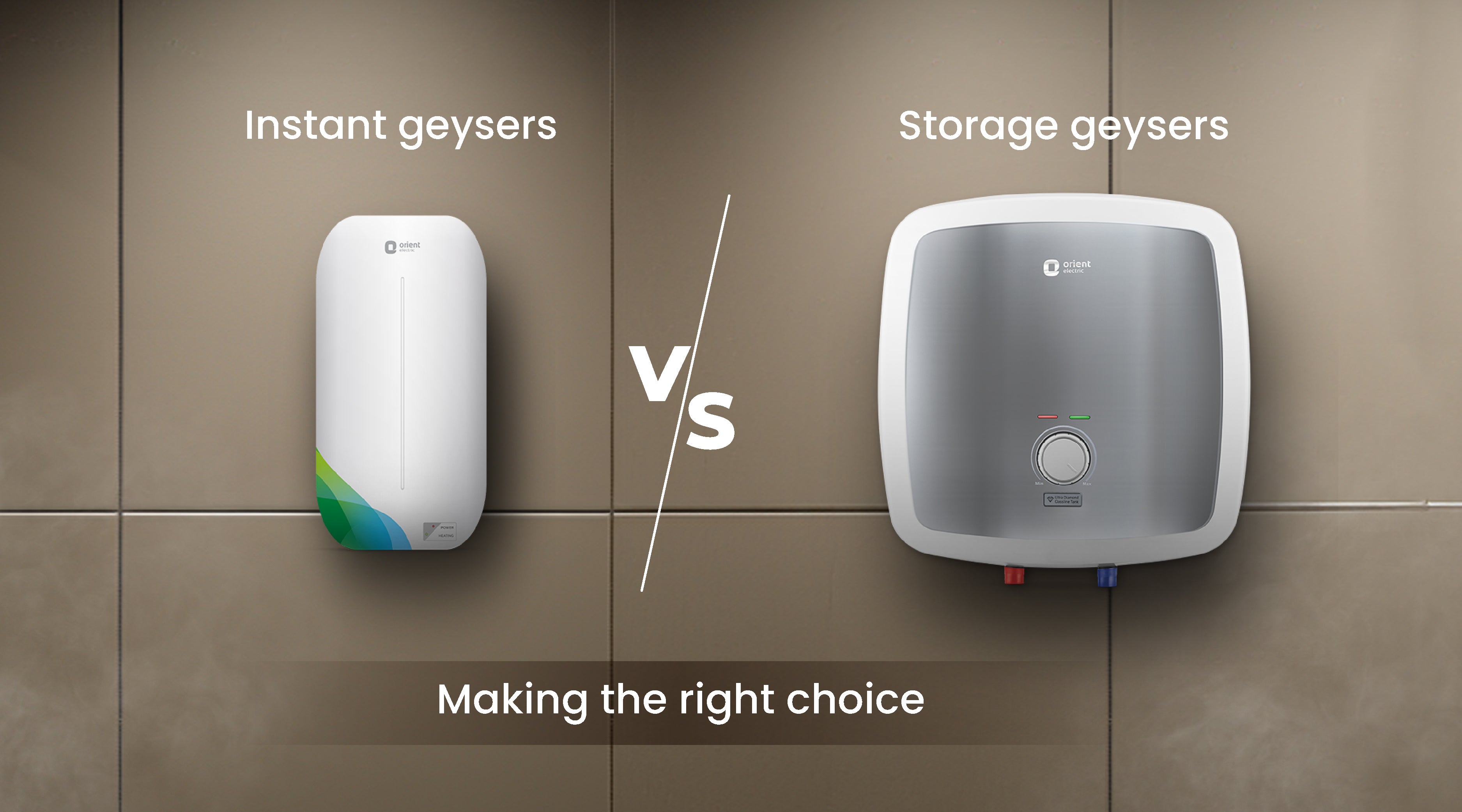Power-saving models are available in all geyser sizes.
Power-saving models are available in all geyser sizes.
Blog Article
Exactly how to Pick the Right Geyser to Optimize Energy Performance in Your Home
From comprehending the different kinds of hot springs, to examining their power performance ratings and taking into consideration positioning strategy, each choice plays a vital role in maximizing efficiency. Allow's get started on this trip to discover how to make the most informed choice for a hot spring that will lower your energy costs while making certain ideal efficiency.

Recognizing the Different Kinds Of Geyser
While there are various kinds of hot springs offered on the market, comprehending the differences between them is vital for power effectiveness (geyser sizes). The initial kind, storage space geysers, are one of the most usual and store warm water in a storage tank for usage when required. They are readily available in different capabilities and are generally energy-efficient, however they can shed warm when not being used
The 2nd kind is the tankless geyser, which heats up water on demand, bring about less power waste yet requiring a higher initial power draw. There are warmth pump geysers that use electrical energy to move warm from one location to an additional instead of producing warm directly. They can be two to three times extra power effective than conventional storage geysers. Solar geysers use solar power to heat up the water, making them the most energy-efficient yet likewise the most costly.
Analyzing Your Household's Hot Water Requirements
Prior to diving right into the purchase of a hot spring, it is critical to evaluate the warm water needs of your house. This analysis ought to think about many factors including the variety of house members, regularity of warm water use, and the variety of warm water electrical outlets in the home (geyser sizes). A small family members with seldom warm water usage might call for a smaller, much less powerful geyser compared to a bigger family with numerous daily warm water needs
The sort of home appliances that call for hot water additionally play a considerable role. Dishwashers and washing makers, for example, might require even more warm water than a straightforward shower or kitchen sink. Specific tasks such as showering or cleaning additionally influence the regularity and volume of warm water required.
Assessing Energy Effectiveness Scores of Geyser
Having actually analyzed the hot water demands of your home, it is necessary to turn your focus to the energy effectiveness ratings of geysers. These scores, generally provided as Power Element (EF), look at this website suggest a hot spring's general energy effectiveness based upon the amount of warm water generated each of gas eaten over a typical day. The higher the EF, the much more efficient the water heating system.

Factors To Consider in Geyser Size and Placement
Beyond energy efficiency ratings, the dimension and positioning of your geyser are vital aspects to take into consideration. The dimension of the geyser must line up with your home's warm water demands. A little geyser may make use of much less energy however may not provide sufficient warm water for multiple usages at the exact same time, whereas a larger unit can satisfy greater demand but might take in more power.
Positioning likewise affects power performance. Hot springs must be installed near to official website factors of use to minimize warm loss during water transport. A centrally located geyser can service several areas efficiently. Additionally, considering thermal insulation, a geyser located in a warmer location loses much less warm and as a result utilizes much less power to keep the water temperature level.
Expense Analysis: Balancing First Financial Investment and Long-Term Financial Savings
While size and placement certainly play substantial duties in a hot spring's power efficiency, one should not forget the economic facet. When thinking about the initial financial investment, the price of energy-efficient hot springs can be greater than typical designs. Nevertheless, the raised in advance price can be countered by long-lasting energy financial savings, making it a beneficial investment over time.
Assessing long-term savings needs an understanding of the geyser's power ranking. An appliance with a higher ranking will certainly eat less power, translating to lower utility bills over time. Federal government rewards and refunds for energy-efficient home appliances can additionally help recover initial costs.
Finally, maintenance and lifespan should be factored in. Energy-efficient geysers typically have longer life expectancies and lower maintenance prices, useful reference adding to general cost savings. As a result, when balancing initial financial investment and long-lasting cost savings, one should take into consideration not just the acquisition price but additionally energy intake, federal government rewards, and maintenance prices.

Final thought
These consist of understanding the kinds of geysers, assessing your home's hot water needs, reviewing energy efficiency scores, and determining expense advantages. The ideal geyser dimension, positioning, and insulation can substantially minimize energy costs and ecological impact.
Report this page